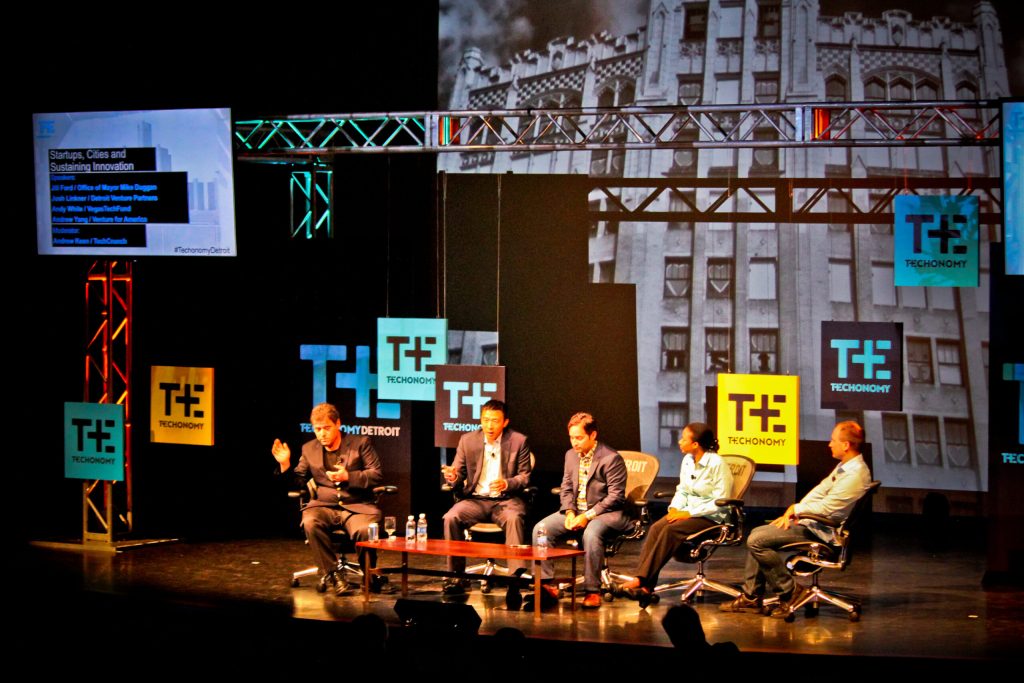Maximizing Engagement: How to Lead an Effective Town Hall Meeting

Town hall meetings have long been a cornerstone of community decision-making, tracing back to the first recorded gathering in Dorchester, Massachusetts, in 1633. These early meetings set a precedent for participatory democracy, allowing residents to voice their concerns and collectively decide on important local issues. Today, this practice extends beyond civic settings into the corporate world, where town hall meetings, often referred to as “all hands” meetings, serve as a vital tool for communication and engagement between senior leaders and employees.

The Purpose of Modern Town Hall Meetings
In the business environment, town hall meetings offer an invaluable platform for leaders to share important information, provide updates, and address pressing questions from employees. When executed effectively, these gatherings can foster transparency, build trust, and enhance overall organizational alignment. Here are some key strategies to ensure your town hall meetings are productive and engaging:

Planning and Organization
1. Define Clear Objectives:
Begin by outlining the main goals of the meeting. What do you hope to achieve? Whether it’s sharing quarterly results, introducing new initiatives, or addressing company-wide concerns, having clear objectives will guide the structure of the meeting and keep it focused.
2. Share the Agenda in Advance:
Communicate the meeting’s focus ahead of time. An agenda helps attendees know what to expect and prepares them to engage more meaningfully. Include key topics to be covered and allocate time for each segment.

3. Gather Questions in Advance:
Encourage employees to submit questions before the meeting. This not only ensures that pressing issues are addressed but also allows leaders to prepare thoughtful and comprehensive responses. A well-curated Q&A session can significantly enhance the value of the meeting.
Engaging Your Audience
4. Involve Various Departments:
Representation from different business functions, such as finance, HR, sales, and engineering, ensures a holistic update on the company’s status and plans. Each department should provide brief updates, highlighting achievements, challenges, and future objectives. This approach ensures that the information shared is relevant to a broad audience.

5. Use Technology to Facilitate Interaction:
Utilize tools that allow for real-time interaction, such as live polling or Q&A platforms. This not only makes the meeting more dynamic but also encourages participation from those who may be less inclined to speak up in a large group setting.
6. Partner with the Communications Team:
Collaborate with your communications department to manage the flow of questions and information. They can help filter and prioritize questions submitted before and during the meeting, ensuring that the most critical topics are addressed. This partnership can also aid in crafting clear and concise messages that resonate with the audience.
Execution and Follow-Up
7. Start and End on Time:
Respecting the scheduled start and end times demonstrates consideration for your employees’ time. It also helps maintain a professional atmosphere and ensures that all planned topics are covered without rushing or dragging out the meeting.
8. Encourage Open Dialogue:
While having a structured agenda is important, allowing for some flexibility in the discussion can be beneficial. Create an environment where employees feel comfortable expressing their thoughts and concerns. Active listening and acknowledging feedback can significantly enhance trust and morale.
9. Summarize Key Takeaways:
Conclude the meeting with a summary of the key points discussed. This reinforces the information shared and ensures that everyone leaves with a clear understanding of the meeting’s outcomes.
10. Follow Up with Action Items:
After the meeting, send a follow-up email summarizing the main points and outlining any action items or next steps. This follow-up not only reinforces accountability but also keeps the momentum going, demonstrating that the discussions during the town hall lead to concrete actions.
Town hall meetings, when well-organized and thoughtfully executed, can be a powerful tool for enhancing communication and engagement within a company. By setting clear objectives, involving diverse departments, leveraging technology, and fostering open dialogue, leaders can ensure that these meetings are both productive and meaningful. Embracing these strategies can help create a culture of transparency and collaboration, ultimately driving the organization towards its goals.




















